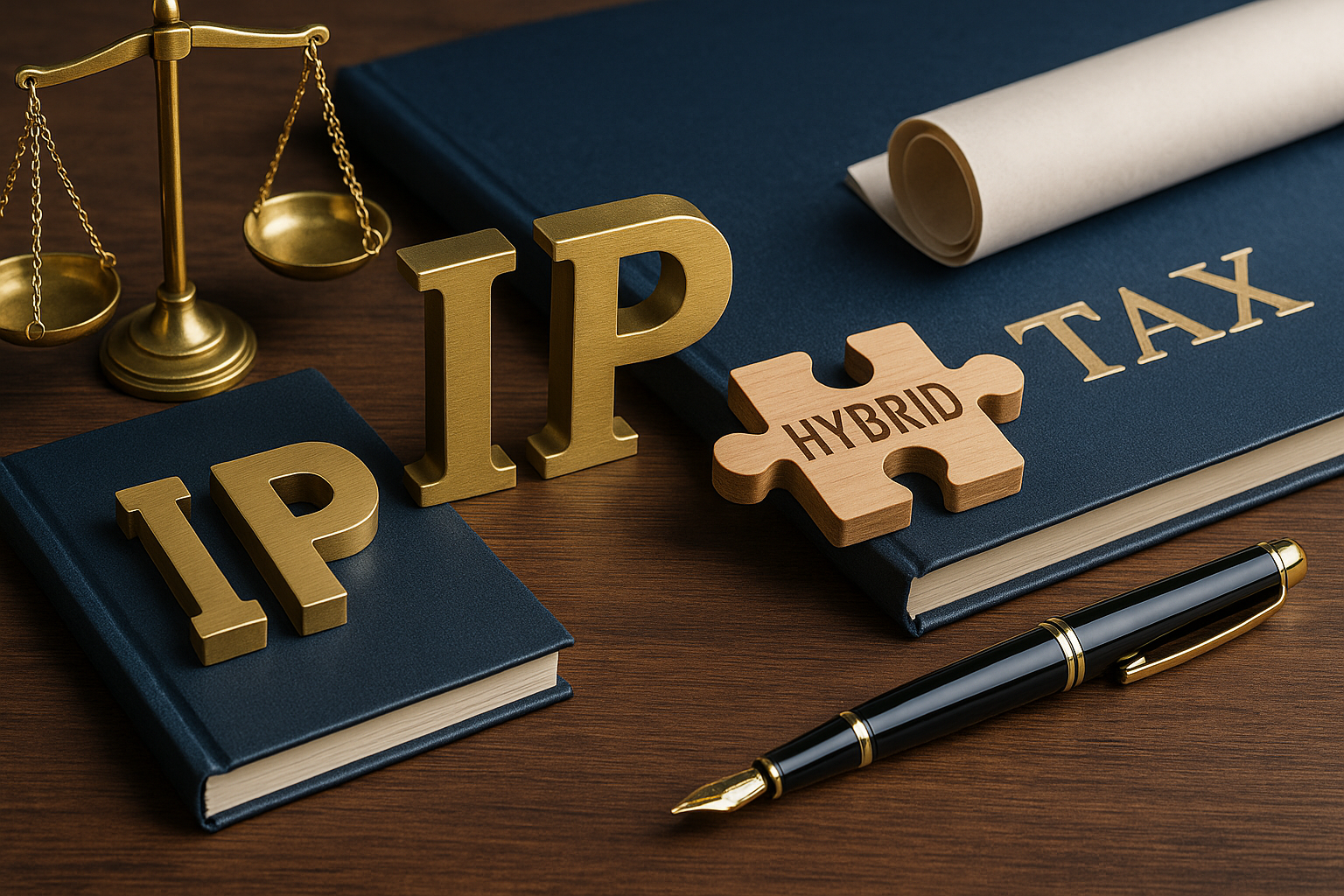Introduction
The circular economy presents an opportunity for energy companies to adopt sustainable practices that minimize waste, conserve resources, and align with environmental, social, and governance (ESG) standards. By transitioning from a linear “take-make-waste” model to a circular one focused on resource reuse and recycling, energy firms can improve operational efficiency, reduce costs, and enhance their environmental impact. At Paulson and Partners, we assist energy companies in implementing circular economy models that support sustainable growth, helping them meet regulatory requirements, enhance stakeholder trust, and lead the way in responsible energy production.
What is the Circular Economy in the Energy Sector?
Defining Circular Economy Principles
The circular economy is a model that emphasizes resource conservation, waste minimization, and extending the life of materials and assets. In the energy sector, this involves designing processes to use materials efficiently, recycling end-of-life components, and creating closed-loop systems that promote resource circularity. For example, recycling solar panels and wind turbine blades at the end of their lifecycle reduces the need for new raw materials and mitigates the environmental impact of energy infrastructure disposal.
Benefits of Circular Economy Models for Energy Companies
Circular economy practices bring both environmental and economic benefits. By optimizing resource use, companies can reduce raw material costs and lower waste disposal expenses. For energy companies, transitioning to circular models also enhances regulatory alignment, as these practices often fulfill legal requirements for waste management and emissions reduction. Embracing circularity demonstrates a commitment to sustainability, appealing to environmentally conscious consumers, investors, and regulators alike.
Circular Economy and ESG Compliance
Implementing circular practices contributes to a company’s ESG profile, improving transparency, resource stewardship, and overall sustainability. Circular models enable companies to document their efforts to reduce waste, conserve resources, and lower emissions, supporting their compliance with ESG reporting requirements. As ESG expectations grow, adopting circular economy practices can also enhance a company’s reputation, attracting both investors and clients interested in sustainable energy solutions.
Key Circular Economy Practices in Energy Production
Resource Efficiency and Minimizing Waste
Optimizing resource use is foundational to the circular economy. For energy companies, this means reducing the need for new materials by designing systems that prioritize durability and efficiency. Using predictive maintenance and data analytics, companies can minimize resource wastage in energy generation, distribution, and storage. Additionally, adopting renewable energy sources, like solar and wind, contributes to resource efficiency by reducing dependency on finite fossil fuels.
Repurposing and Recycling in Energy Systems
Repurposing and recycling materials, particularly for components like batteries, solar panels, and wind turbines, play a significant role in minimizing waste. For instance, lithium-ion batteries used in energy storage can be repurposed in secondary applications after their primary lifecycle. Solar panels, wind turbine blades, and other energy infrastructure can also be recycled or repurposed to reduce waste and create a sustainable lifecycle for energy production materials.
Sustainable Energy Production and Consumption Models
Adopting closed-loop systems, such as bioenergy and waste-to-energy solutions, is another key circular practice in energy production. Bioenergy, which converts organic waste into usable energy, supports circularity by transforming waste into a valuable resource. Waste-to-energy facilities also play an important role, reducing the volume of waste sent to landfills while generating renewable power. By integrating these sustainable models, energy companies can support a circular economy that conserves resources and reduces waste.
Strategies for Implementing Circular Economy in Energy Operations
Lifecycle Assessments and Sustainable Design
Lifecycle assessments (LCAs) evaluate the environmental impact of a product or process from its inception to its end-of-life. In the energy sector, LCAs are valuable for identifying opportunities to reduce resource use, waste, and emissions. Sustainable design principles that prioritize recyclability and durability can also minimize resource inputs and extend the lifecycle of energy infrastructure. Paulson and Partners assist clients in conducting LCAs and implementing sustainable design, ensuring projects are environmentally sound from the start.
Technology and Innovation for Waste Reduction
Technological advancements in AI, IoT, and data analytics support circular practices by optimizing resource use and improving efficiency. For example, IoT sensors provide real-time data on equipment health, allowing for predictive maintenance and reducing unnecessary waste. AI-driven algorithms analyze usage patterns to optimize energy flow and prevent wasteful practices, while blockchain technology can document the lifecycle of components, promoting transparency in waste management and recycling efforts.
Collaborations and Partnerships for Circularity
Collaboration is crucial in creating an effective circular economy. Energy companies can partner with recycling firms to manage end-of-life materials responsibly or work with local governments to develop waste-to-energy solutions. Strategic partnerships also support supply chain circularity by allowing companies to source recycled materials and contribute to a broader network of sustainable resource management. By fostering collaboration, energy companies can expand their reach and impact in the circular economy.
Overcoming Challenges in Circular Economy Implementation
Managing Financial Costs and Investments
Transitioning to a circular economy model often requires upfront investments in technology, training, and infrastructure. However, these initial costs are balanced by long-term savings and resource conservation. Financing options, including green bonds and government incentives, can help companies manage costs and gain a return on investment. By planning for both the financial and operational aspects of circularity, energy companies can achieve sustainable growth without compromising profitability.
Ensuring Regulatory Compliance and Reporting
Compliance with environmental regulations is essential for energy companies adopting circular practices. Circular economy models often align with regulatory requirements for waste management, emissions, and resource conservation. By documenting circular activities, companies can ensure transparency and demonstrate compliance in ESG reporting. Regulatory compliance strengthens a company’s reputation and builds trust with stakeholders, reinforcing the value of circular practices.
Building a Circular Economy Culture
Adopting circular economy practices requires a cultural shift within the organization. Workforce training, leadership support, and change management are essential to fostering a circular economy mindset among employees. By educating teams on the benefits of circularity and equipping them with the necessary tools and knowledge, companies can embed sustainability into their operations. Paulson and Partners provide advisory support in change management, helping clients foster a culture that embraces circular economy principles.
Case Studies: Circular Economy Success in Energy
Recycling of Solar PV Panels in Solar Farms
A solar farm operator implemented a recycling program for end-of-life solar PV panels, partnering with a recycling firm to process panels into reusable materials. This initiative reduced waste disposal costs and conserved resources by reintroducing recycled materials into the production cycle. This example highlights how solar companies can adopt circular practices to improve sustainability and reduce environmental impact.
Wind Turbine Blade Repurposing and Recycling
A renewable energy firm in wind power adopted a program to repurpose wind turbine blades at the end of their lifecycle. By grinding down blades and converting them into construction materials, the company minimized landfill impact and extended the utility of these components. This approach demonstrates the potential of circular practices to reduce waste and enhance resource efficiency in wind energy production.
Waste-to-Energy Solutions in Urban Utilities
An urban utility provider implemented a waste-to-energy solution, converting organic waste into bioenergy. This circular model provided a renewable energy source for the utility while reducing landfill waste and supporting municipal sustainability goals. The success of this waste-to-energy project illustrates how circular economy practices support both waste reduction and energy production.
Advisory Services for Circular Economy Transition
Circular Economy Assessments and Planning Support
Paulson and Partners offer assessments that help clients identify opportunities to adopt circular economy practices. From lifecycle analysis to waste reduction strategies, we guide clients in creating actionable plans that align with ESG goals and support sustainable growth.
Sustainable Design and Resource Optimization Advisory
Our advisory team assists clients in implementing sustainable design principles and optimizing resource use, ensuring that renewable projects are circular from the planning stage. With expertise in sustainable energy design, we provide strategies that extend asset lifecycles, reduce waste, and improve operational efficiency.
Long-Term Sustainability and Compliance Support
Circular economy practices require continuous monitoring, and we offer long-term support to ensure clients maintain compliance, meet ESG reporting requirements, and adapt to evolving regulations. Our support helps clients stay aligned with industry best practices and achieve sustained success in their circular economy initiatives.
Conclusion
The circular economy provides energy companies with a pathway to sustainable growth, resource conservation, and ESG compliance. By adopting circular models that reduce waste, reuse resources, and prioritize sustainable design, energy firms can enhance efficiency and minimize environmental impact. Paulson and Partners offer expert guidance to support energy companies in implementing circular economy practices, helping them build resilient, sustainable operations. Contact us today to explore how our advisory services can support your journey toward a circular economy in energy.


 EN
EN DE
DE









